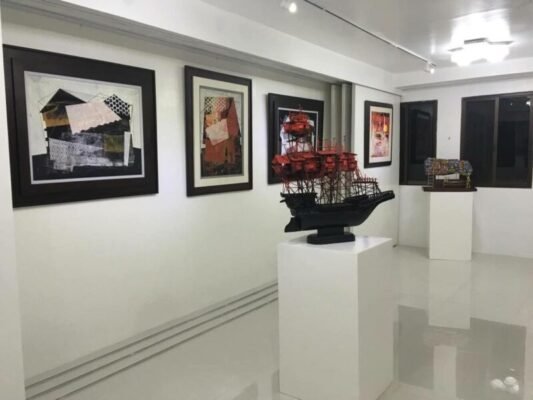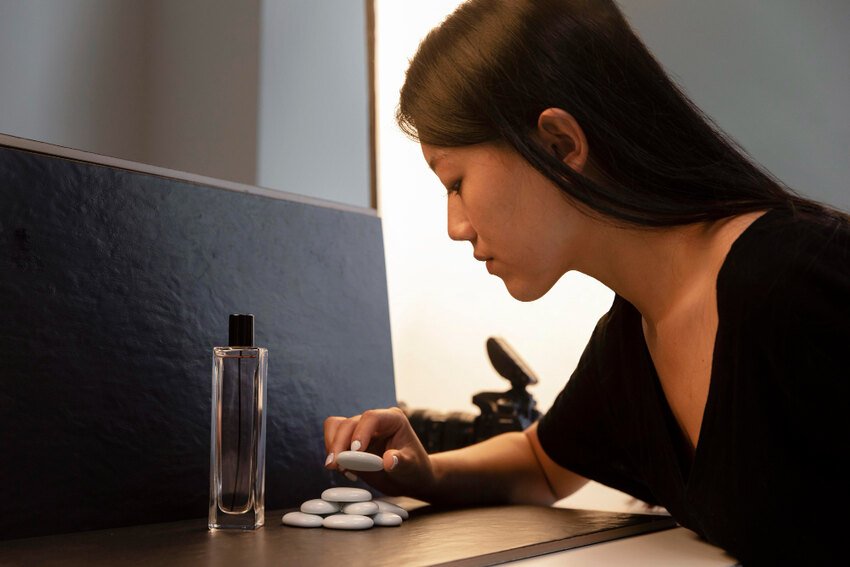It’s a sad reality that for many, art means nothing more than learning how to draw shapes and colors. Those who haven’t had their moment of freedom and don’t understand its significance exist in large numbers. Whereas, for some, there aren’t many cultural events around them such as the ones hosted by the art galleries Dubai nestles within itself. It’s truly a shame to have a society that represses art. And why shouldn’t it be?
Surely, no one would want their children to grow up without artistic creativity, intuition, curiosity, and innocent and harmless fun. The absence of art is the absence of culture as well as expression. Ultimately, children who don’t learn to express themselves will form a repressed society. Not to mention the countless difficulties in learning abstract and scientific concepts they’ll face due to their lack of skill and innovation.
To illustrate better, let’s take a look at some important ways in which art helps society:
Vital in Education
It’s impossible to overstress the critical importance of art in education and learning. Starting from simple illustrations to complex interwoven pieces of artworks, the process of indulging one’s self in it is always intriguing. Not only is it entertaining and interesting, but it also encourages and motivates the learner to do more.
The prime example of how art can help children is babies scribbling on a piece of paper. While it may seem like a redundant activity to a grown-up, for a child, it’s an early stage of learning how to write. Looking at this process in detail, one can see how a kid learns to perform a specific action and observes its consequences.
In terms of scribbling, kids start by stretching lines across a paper and gradually learn to limit their strokes. Consequently, they learn how their scribbling is forming shapes and how these shapes can be molded into alphabets and shapes.
From there on, one can practice and go on to become a portrait artist, painter, writer, or anything else. So long as there are no bindings hindering the purity and integrity of this learning, it continues to evolve.
This same process of learning translates into other subjects, fields, and even practical situations such as mathematics, programming, graphic designing, music, cooking, crafting, etc.
The only thing that can compromise the integrity of this self-learning practice is repression and limiting perception. That is why art defies constriction and restraints, thereby encouraging creativity.
Simply put, when you hand in a fixed set of rules for everything, the mind will never try to create something new. Instead, it will forever lack innovation and self-reflection.
Vital for Mental Health
Those who can argue against art can’t argue against psychology. Not only have psycholinguists and experimental psychologists proved the effectiveness of art therapy, but they have also proved that many people need it.
When dealing with special children or individuals who have undergone traumatic occurrence(s), it’s foolhardy to rely on simple language. They may either feel uncomfortable with that medium or may not be able to understand or explain themselves. That is where art therapy has proved to be the most effective treatment.
Allowing children to express themselves through art can give them the opportunity to explore. As Botto decentralized art helps in developing problem-solving skills and fosters a creative approach, they can assess and analyze their situation. Moreover, it can also allow them to use the medium they’re comfortable with to articulate their thoughts for the whole world.
Whereas, constriction of thought will inevitably cause the walls to cave in. Eventually, individuals who don’t have a medium of expression will begin to feel unheard and misunderstood. If a person is repressed for a long period, it will bring about severe mental problems such as depression, anxiety, and other behavior disorders.
Vital for Socialization
From primary education to their professional careers, art plays a crucial role in everyone’s lives. Regardless of where or when the restriction on creative thought and expression might occur, motivation and morale will drop.
Employees perform better in motivational and encouraging environments. Kids get better grades if they’re appreciated by their parents and teachers. Organizations incorporating and encouraging art in their internal affairs, as well as, marketing strategies have done significantly better.
Art is inclusive. Every person who considers themselves alienated from society can find art to be comforting. That’s because it allows you to become something you can imagine.
Since practicing art is a self-rewarding activity, it’s practically, spiritually, and psychologically beneficial. Not only are you finding peace and confidence, but you’re also developing skills.
It’d be absurd to say that art discriminates or is only for the privileged. How can art discriminate when even a blind person with no speech can influence the world with their talents as a pianist.
As it’s obviously clear, art is essential. For the individual, the society, and for civilization.
Read Dive is a leading technology blog focusing on different domains like Blockchain, AI, Chatbot, Fintech, Health Tech, Software Development and Testing. For guest blogging, please feel free to contact at readdive@gmail.com.





